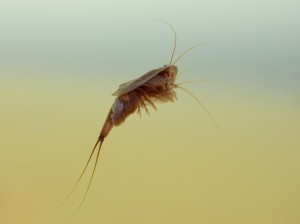Microscopic life of wetlands to be revealed LIVE for first time

Previously unseen adaptations of wetland animals, plants and even slime will be revealed live online and onscreen at WWT Slimbridge in Gloucestershire this weekend by a super microscope camera seven thousand times more powerful than the human eye
The camera and its operator, Emilien Leonhardt, recently starred in BBC4’s Miniature Britain. The Wildfowl & Wetlands Trust is working with Emilien to unveil the extraordinary tiny detail of how wetlands work.
All weekend the images will be posted live on twitter in a challenge to identify the subject, while visitors to WWT Slimbridge can meet Emilien in person and watch the project unveil live on a big screen.
WWT Head of Media Production Sacha Dench said:
“Wetlands are amazing. They are home to more wildlife that almost any other habitat on earth and they do extraordinary things, like filtering water. From huge estuaries to a humble puddle, amazing things go on, unseen beneath the surface. This is a chance to see how that actually happens.
“Miniature Britain was groundbreaking television and we’re very excited that Emilien is turning his camera on wetlands and their wildlife. It is going to be fascinating to see some of these special adaptations for the first time in such detail.”
Images from the weekend will be posted on twitter @wwt_filmcrew. Visitors to WWT Slimbridge Wetland Centre can watch Emilien and the WWT team at work for no extra change.
In this clip from BBC's Miniature Britain, George McGavin reveals the secret of 'cuckoo spit'.
Among the subjects going under the microscope camera at WWT Slimbridge are:
- Live Triops – the three-eyed creature from the age of the dinosaurs that is specially adapted to life in ephemeral pools
- Caddisfly – looking at their ‘camouflage’ adaptations
- Bacteria and microorganisms ‘cleaning’ water in sludge
- Yellow Iris – from the beautiful flower to the mud in which it grows
- Toads, frogs, newts, bugs and beasties.

